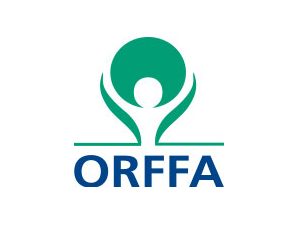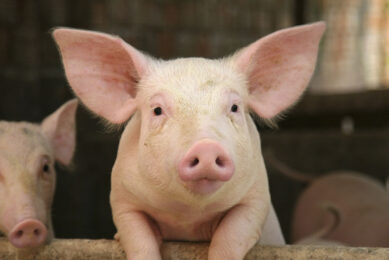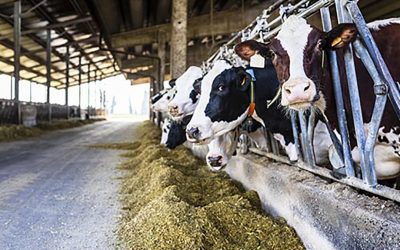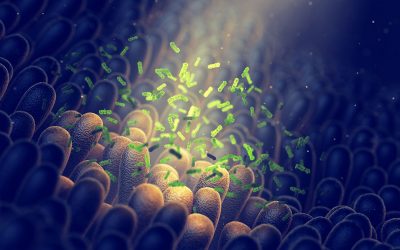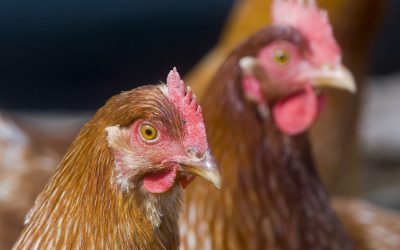Benchmark study of premium mycotoxin binders
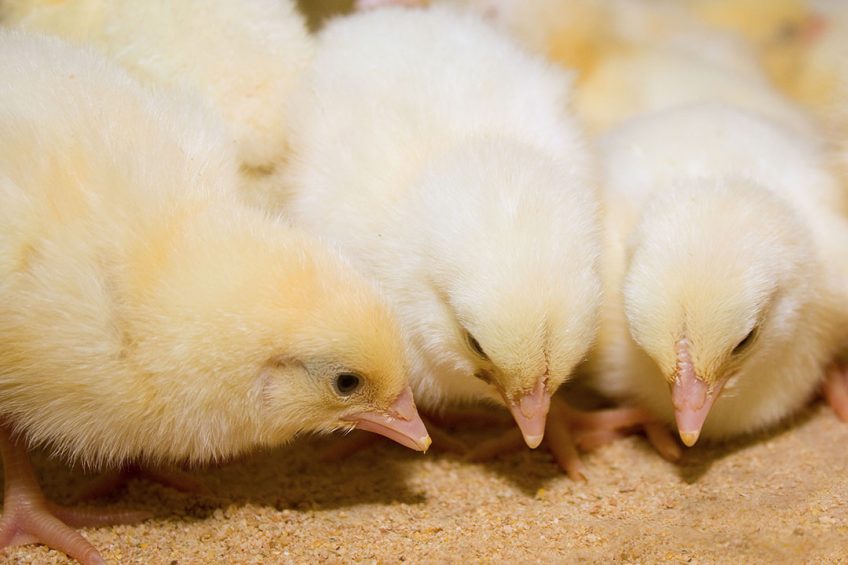
The co-occurrence of multiple mycotoxins in feed has a serious impact on the performance and well-being of production animals. Several mycotoxin binders can alleviate this threat by binding the mycotoxins inside the digestive tract. A new preparation can do more than that.
Alleviating the mycotoxin threat is more than binding alone
Commercial mycotoxin management preparations are primarily based on adsorbents. These adsorbents can bind, to a certain extent, specific mycotoxins in the gastro-intestinal tract of the animal. The binding efficiency depends on the chemical structure of the adsorbent and the mycotoxin. Most used adsorbents are aluminosilicates, mainly zeolites and hydrated sodium calcium aluminosilicates (HSCAS), and aluminosilicate-containing clays. Most aluminosilicates can bind polar mycotoxins (aflatoxins and fumonisins). Yeast-derived products are also known for their binding properties, but here the focus is more on the non-polar mycotoxins (zearalenone). Different studies showed that zearalenone is better bound by yeast derived products than by aluminosilicates. Adsorption of mycotoxins is a valid strategy, but complete binding is not achievable for some mycotoxins, such as trichothecenes. Preservative compounds are useful as they reduce the growth of mycotoxin-producing fungi in the feed. Hepatoprotective molecules and molecules that improve the semi-permeability of the epithelial membrane are also of interest as difficult-to-bind mycotoxins impair the function of these tissues.
Benchmark study
An in vitro model was set-up by the Centre of Excellence in Mycotoxicology and Public Health at the university of Ghent (Belgium, MYTOX member) together with Orffa to test different single compounds and mixtures for their binding capacity (%) of mycotoxins via LC-MS/MS. Binding of the mycotoxin by the adsorbents was tested at pH 3 and subsequent raised to pH 7. The mycotoxin standard mixture tested consists of aflatoxins (AFB1, AFB2, AFG1, AFG2), fumonisins (FB1, FB2), zearalenone (ZEN), ochratoxin (OTA), deoxynivalenol (DON), HT-2 Toxin (HT-2), T-2 Toxin (T-2) and enniatin B (ENN B).
The model was applied to analyse a large number (n=30) of mycotoxin binders. The binding capacity of 9 of them, considered premium mycotoxin binders, is displayed here (Table 1). To make an assessment of the general binding capacity, the binding percentages obtained from the study are converted using the following legend: complete binding (“+++”>90%), partial binding (”++”>50%; < 90%), limited binding (”+”>10%; <50%) and no significant binding (”0”<10%).
The majority of premium mycotoxin binders show a complete binding of the aflatoxins tested, although some have difficulties binding AFG2 to the fullest extent. For fumonisins and ochratoxin, some premium products show a clear pH-dependent negative effect. These premium products release the bound fumonisins to a high extend at pH 7. In general, all premium products score badly regarding the binding of ZEN, except products 1, 6, 7 and 9. This is in large contrast with the binding of enniatin B, where all show complete binding at pH 7. Trichothecenes (DON, T-2 and HT-2) are in general difficult to bind. For DON, in particular, no premium product is able to bind it to a high extend. Free DON is detected to a high extend in the supernatant of the in vitro model, suggesting that also biotransformation into less toxic metabolites is minimal.
Considerations for feed formulators
Adsorbents can be the first line of defence inside the animal for some mycotoxins, but there should also be a focus on other defences for mycotoxins that are not easy to bind. Biotransformation of DON is becoming a popular term, but analyses of supernatant does not show effective reduction of DON. Binding is only one part of the solution. In vitro analyses should also focus more on binding efficiency at pH 7 instead of only pH 3. It is at the intestinal level that the mycotoxins will exhibit their toxic effect.
For more information, please contact Heim@orffa.com.


